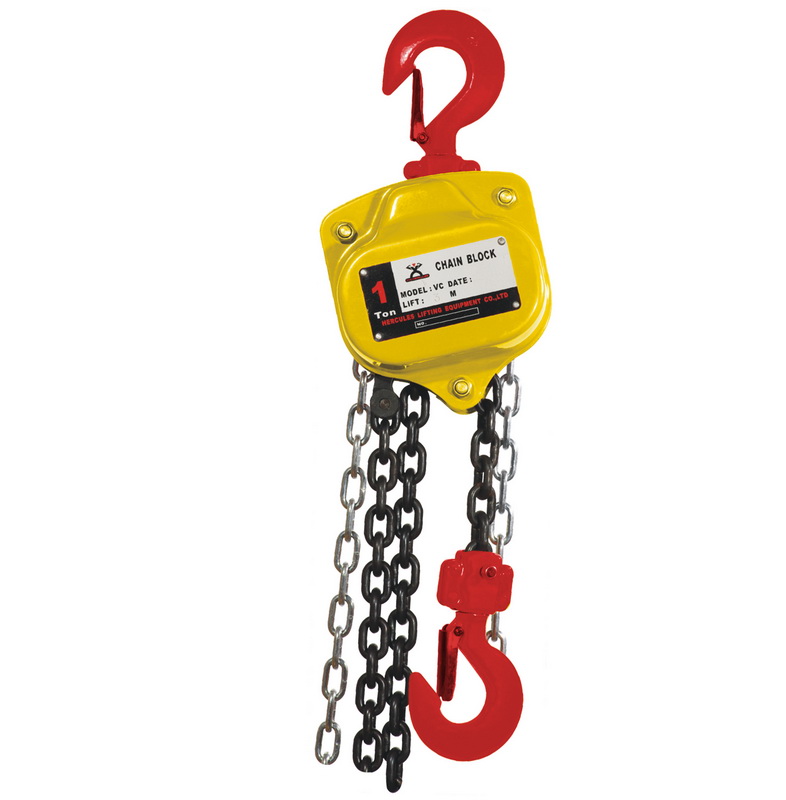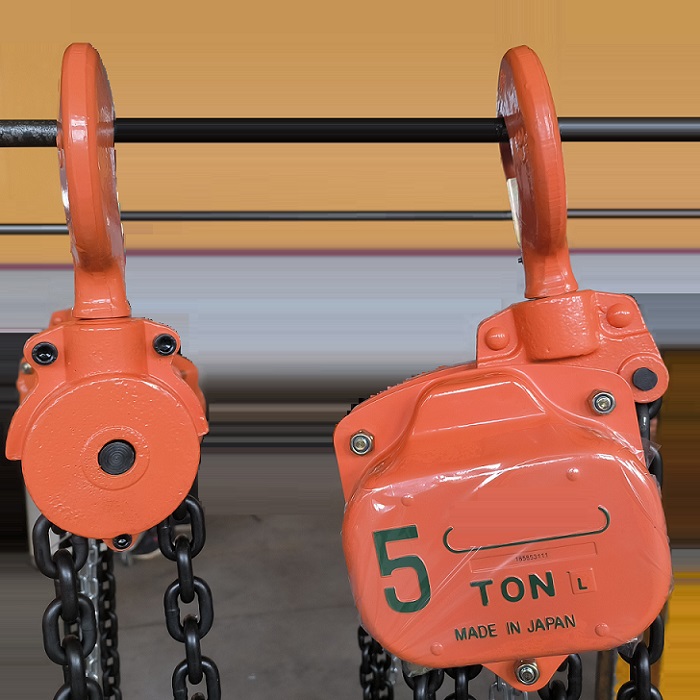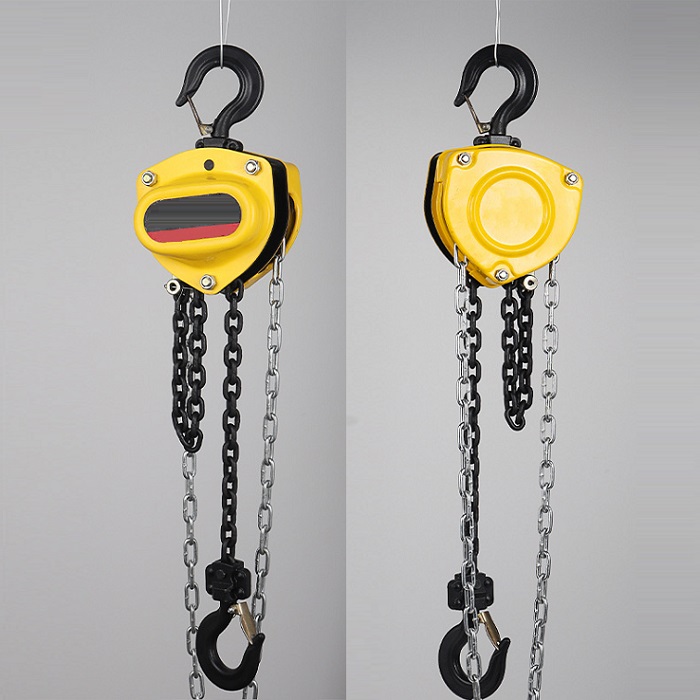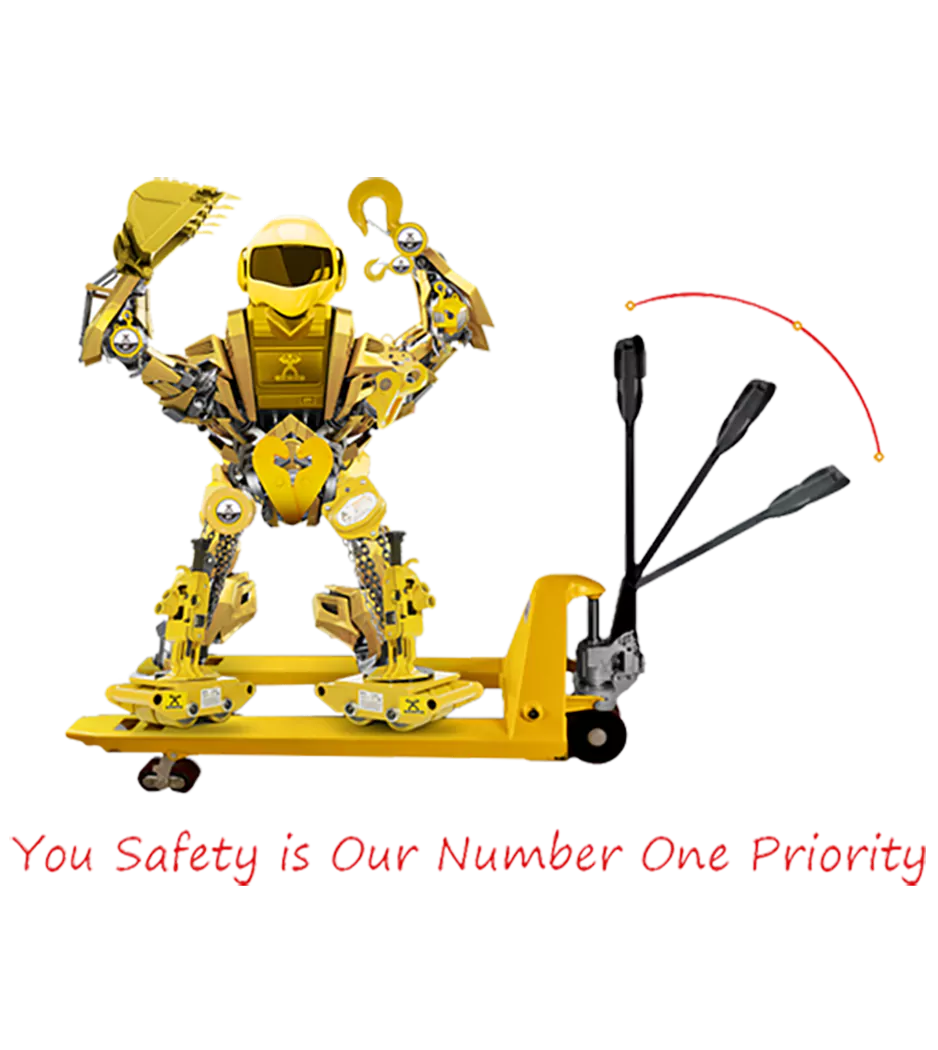Mastering the Art of Chain Hoists: Types, Uses, and Best Practices
Introduction to Chain Hoists
Welcome to the world of chain hoists, where power meets precision! Whether you’re lifting heavy loads in a warehouse or tackling construction projects with ease, understanding the ins and outs of chain hoists is essential. In this blog post, we will take you on an exciting journey through the different types of chain hoists, their various uses across industries, common mistakes to avoid when operating them, as well as maintenance and safety tips that will keep your operations running smoothly. So fasten your seatbelts as we delve into everything you need to know about mastering the art of chain hoists!
Types of Chain Hoists
When it comes to chain hoists, there are several different types available on the market. Each type has its own unique features and capabilities that make it suitable for specific applications. Let’s take a closer look at some of the most common types of chain hoists:
1. Manual Chain Hoists: These are the most basic type of chain hoist and are operated manually by pulling on a hand chain. They are lightweight, portable, and ideal for lifting smaller loads in areas where power is not readily available.
2. Electric Chain Hoists: As the name suggests, these hoists use an electric motor to lift heavy loads effortlessly. They offer precise control over lifting speed and can handle larger capacities than manual hoists.
3. Lever Chain Hoists: Lever hoists combine the flexibility of manual operation with the mechanical advantage provided by a lever mechanism. They are compact, easy to use, and commonly used in construction sites or workshops.
4. Air-Powered Chain Hoists: These hoists utilize compressed air as their power source, making them suitable for hazardous environments or locations where electricity is not recommended.
5. Specialty Chain Hoist Systems: There are also specialized versions designed for specific industries or applications such as explosion-proof hoists used in potentially explosive atmospheres or low headroom models used when vertical space is limited.
Uses of Chain Hoists in Different Industries
Chain hoists are versatile equipment that find applications in a wide range of industries. From construction sites to manufacturing plants, chain hoists play a crucial role in lifting and moving heavy loads safely and efficiently.
In the construction industry, chain hoists are commonly used for tasks such as installing HVAC systems, lifting heavy materials to higher levels, or even transporting workers to elevated work platforms. With their compact size and robust design, chain hoists provide reliable support for various construction projects.
In the automotive industry, chain hoists are indispensable tools in car repair shops or manufacturing facilities. They can be used for lifting engines during repairs or installations and moving heavy vehicle parts with ease. Chain hoists help streamline operations while ensuring worker safety.
The entertainment industry also benefits from the use of chain hoists. Whether it’s setting up stages for concerts or suspending props during theatrical performances, these powerful machines make complex rigging tasks manageable and efficient.
Warehouse operations heavily rely on chain hoists to handle large quantities of goods quickly and safely. From loading docks to distribution centers, chain hoists assist with the movement of pallets, crates, machinery, and other heavy items.
Even in smaller-scale settings like workshops or garages at home or small businesses benefit from having a reliable chain hoist on hand. It can aid in lifting engines out of vehicles for repairs or assisting with any task requiring heavy lifting.
The uses of chain hoists span across various industries where heavy loads need to be lifted and moved efficiently. Their versatility makes them an essential tool in increasing productivity while prioritizing safety measures within different sectors.
Common Mistakes to Avoid when Using a Chain Hoist
When it comes to using a chain hoist, there are certain mistakes that can have serious consequences. Whether you’re working in construction, manufacturing, or any industry that requires heavy lifting, it’s important to be aware of these common pitfalls. By avoiding these mistakes, you can ensure the safety of yourself and those around you.
One of the most common mistakes is overloading the chain hoist. Each hoist has its own weight capacity that should never be exceeded. It may be tempting to push the limits for efficiency or convenience, but doing so puts unnecessary strain on the equipment and increases the risk of accidents.
Another mistake is neglecting regular inspections and maintenance. Just like any other machinery, chain hoists require proper upkeep to function optimally and safely. Regularly inspecting for signs of wear or damage can help prevent sudden failures during operation.
Improper rigging techniques also pose a significant risk when using a chain hoist. It’s crucial to follow proper procedures for securing loads and attaching them securely to the hoist hooks or attachments provided. Failing to do so could result in load shifts or even complete failure during lifting operations.
Inadequate training is another issue that often leads to accidents with chain hoists. Operating this equipment without sufficient knowledge and training can result in improper use or handling techniques that can cause injuries or property damage.
Failing to observe safety protocols while using a chain hoist is an all-too-common mistake. This includes wearing appropriate personal protective equipment , such as gloves and hard hats, when necessary; maintaining clear communication between operators; ensuring designated areas are clear from personnel; and following all relevant safety guidelines set forth by industry standards.
Maintenance and Safety Tips for Chain Hoists
Proper maintenance and adherence to safety protocols are essential when it comes to using chain hoists. By following these tips, you can ensure the longevity of your equipment and the safety of everyone involved.
Regular inspections are crucial. Before each use, inspect the chain hoist for any signs of damage or wear. Check the hooks, chains, and gears for cracks or deformations. If you notice any issues, do not use the hoist until repairs have
been made.
Lubrication is key. Apply a suitable lubricant to all moving parts regularly to prevent friction and promote smooth operation. Be sure to follow the manufacturer’s guidelines on lubrication frequency and type.
Furthermore, always adhere to weight limits. Overloading a chain hoist can lead to serious accidents or equipment failure. Ensure that you know the safe working load capacity of your specific hoist model and never exceed it.
In addition, proper training is essential for anyone operating a chain hoist. Make sure operators receive thorough instruction on how to safely use the equipment before allowing them access.Store your chain hoists properly when not in
use. Keep them in a clean and dry environment away from corrosive substances that could damage their components.By implementing these maintenance practices and prioritizing safety measures while using chain hoists, you can
maximize their efficiency while ensuring a secure work environment for everyone involved.
Conclusion
Mastering the art of chain hoists is essential for industries that rely on heavy lifting and precise maneuvering. By understanding the different types of chain hoists available, you can choose the right one to meet your specific needs.
Whether it’s a lever hoist, electric chain hoist, or manual chain block, each type has its advantages and applications in various industries such as construction, manufacturing, and logistics.
To ensure safe and efficient use of a chain hoist, it’s important to avoid common mistakes like overloading or improper rigging. Regular maintenance and inspections are also crucial for keeping your equipment in optimal condition.
Remember to always follow safety guidelines provided by the manufacturer and train all operators on proper usage techniques. With proper care and attention to detail, you can maximize the lifespan of your chain hoist while ensuring a secure working environment.
So go ahead, master the art of using a chain hoist! Explore its versatility across industries and make sure you have all the necessary knowledge to operate it safely. A well-maintained chain hoist will not only enhance productivity but also contribute towards maintaining high standards of safety in your workplace.





